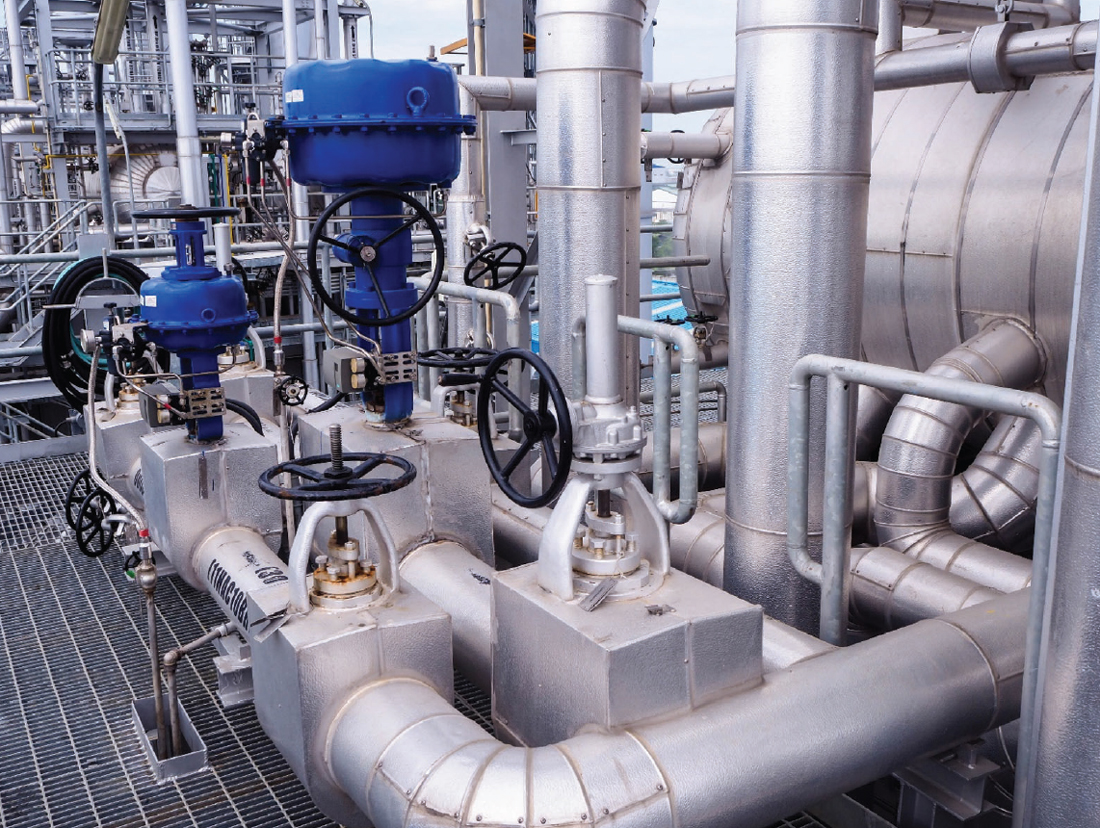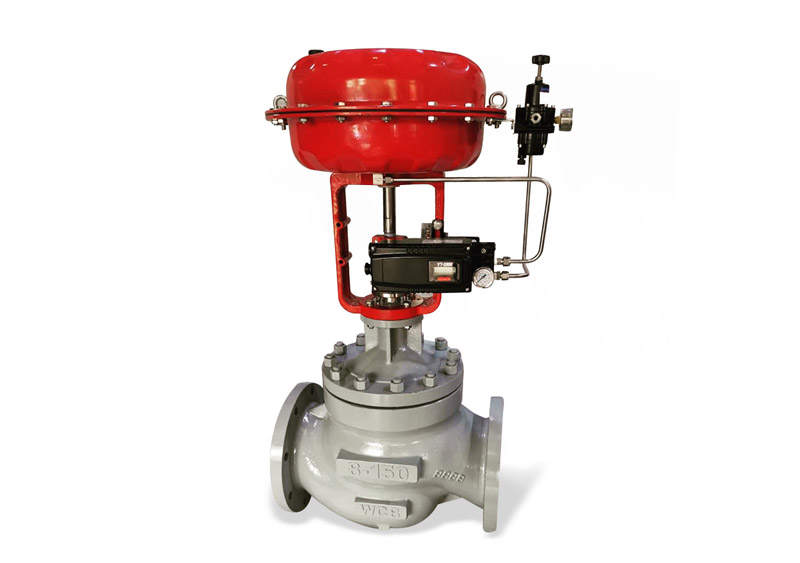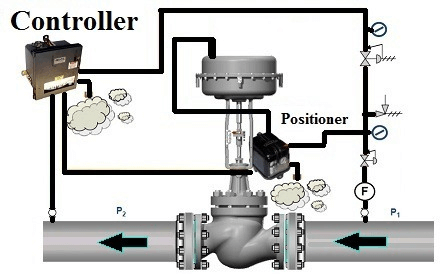Choosing the Right Control Valves: A Guide to Optimum System Efficiency
Wiki Article
Achieve Seamless Integration and Control With Quality Structure Automation Controls
In the world of contemporary building monitoring, the significance of quality building automation controls can not be overemphasized. As innovation remains to advance, the integration and control of various systems within a building have actually evolved to be more reliable and advanced. The seamless procedure and tracking of lights, HEATING AND COOLING, safety and security, and other structure features have ended up being critical for boosting resident convenience, power efficiency, and general operational efficiency. The journey towards achieving real assimilation and control is a complex one, with considerations ranging from system compatibility to cybersecurity. Accepting high quality structure automation controls is not simply a matter of benefit however a calculated necessary for organizations aiming to optimize their facilities' efficiency and sustainability.
Evolution of Building Automation Controls
Throughout the past couple of decades, the development of building automation controls has actually significantly changed the means structures are taken care of and operated. At first, constructing automation systems mainly concentrated on basic features such as managing air, air flow, and home heating conditioning (HEATING AND COOLING) systems. As innovation advanced, these controls have become more sophisticated, permitting for a wider variety of building systems to be incorporated and taken care of centrally.The development of building automation controls has seen a shift in the direction of even more smart systems that can adapt to transforming problems in real-time. This adaptability is crucial for optimizing energy performance and making certain owner convenience. Furthermore, modern-day structure automation controls now supply attributes such as predictive maintenance, remote monitoring, and data analytics, enabling center managers to make data-driven decisions to improve structure efficiency.

Advantages of High Quality Integration
The advancement in structure automation controls towards even more intelligent systems has emphasized the considerable benefits of top quality assimilation in optimizing building procedures and enhancing general performance. Quality integration of constructing automation controls provides a number of vital advantages. It leads to improved power performance by enabling different systems to function together perfectly, guaranteeing optimum performance and lowering power wastage. Secondly, high quality integration enhances passenger comfort and productivity by making it possible for customized control over environmental settings like lighting, air, and temperature level high quality. This customization can bring about a much more helpful and comfy working or living atmosphere. Additionally, top quality integration simplifies upkeep and troubleshooting procedures, as all systems are adjoined and can be monitored and managed from a centralized user interface. This centralized control additionally offers better exposure and understandings into structure performance, enabling aggressive maintenance and optimization approaches. Generally, the benefits of high quality assimilation in building automation controls are indisputable, supplying boosted performance, comfort, and functional effectiveness.Improved User Experience and Access
Enhancing customer communication with building automation regulates through user-friendly style and enhanced access raises the overall experience for passengers and facility supervisors alike. By concentrating on user experience, constructing automation systems can end up being extra easy to use and reliable. Instinctive interfaces, clear navigation, and adjustable setups equip individuals to engage with the controls conveniently and properly.Ease of access attributes play a crucial function in making certain that all people, including those with disabilities, can use the structure automation manages easily. Including features such as voice commands, tactile switches, and color-contrasted screens can boost ease of access and make the controls much more inclusive.
In addition, improved user experience causes greater customer complete satisfaction, enhanced efficiency, and far better decision-making. Residents can change environmental setups according to their choices, while facility managers can efficiently handle and monitor building systems - control valves. Overall, focusing on customer experience and access in building automation controls adds to a more effective and smooth building setting for all stakeholders entailed
Lasting Practices Through Automation

In addition, automation can assist in the combination of renewable resource resources such as photovoltaic panels or wind generators into building procedures. By immediately changing power use based upon the schedule of eco-friendly energy, buildings can even more lower their dependence on non-renewable sources. This seamless combination of lasting practices not only benefits the atmosphere but additionally improves the overall functional performance and cost-effectiveness of the building. Via automation, structures can line up with modern-day sustainability objectives and add to a greener future.
Future Trends in Building Control Solution
In expectancy of advancing innovations and advancing sustainability methods, the go now trajectory of structure control systems is poised to embrace cutting-edge services and transformative methods. One popular fad shaping the future of building control systems is the increased combination of Artificial Intelligence (AI) and machine understanding. These innovations enable buildings to adapt in real-time to transforming problems, optimizing energy usage and improving convenience for owners. Furthermore, the Web of Points (IoT) is revolutionizing structure control systems by connecting devices and sensing units to enhance and improve procedures effectiveness.
An additional key fad is the emphasis on cybersecurity actions to secure against possible threats to constructing automation systems. As buildings end up being much more interconnected, ensuring durable cybersecurity protocols will be vital to secure delicate information and stop unauthorized gain access to.
In addition, the shift in the direction of cloud-based systems is Learn More Here getting momentum, allowing for streamlined control and remote access to building systems. This promotes much easier surveillance, upkeep, and updates, boosting the overall efficiency and adaptability of building control systems. As modern technology remains to breakthrough, these patterns are expected to form the future landscape of structure automation controls, driving technology and sustainability in the constructed environment.
Verdict
In verdict, building automation controls have actually evolved dramatically, providing various benefits such as improved customer experience, access, and sustainable methods. Quality integration plays a crucial duty in accomplishing seamless control and efficient procedure of structure systems. Future patterns in building control systems are likely to concentrate on further boosting automation capacities for improved power effectiveness and general performance. It is necessary for structure owners and operators to prioritize the adoption of top quality structure automation manages to optimize structure procedures and accomplish long-lasting sustainability goals.In the world of contemporary structure administration, the value of high quality building automation controls can not be overemphasized. In general, the development of building automation manages continues to drive technology in the building management sector, providing brand-new opportunities for producing smarter and much more sustainable structures.
The development in building automation manages in the direction of even more intelligent systems has highlighted the significant advantages of quality combination in maximizing structure procedures and improving overall effectiveness. On the whole, focusing on customer experience and availability in structure automation manages adds to a more efficient and seamless building atmosphere for all stakeholders included.
It is necessary for building proprietors and operators try this out to focus on the adoption of top quality building automation controls to optimize building procedures and attain long-term sustainability objectives. - control valves
Report this wiki page